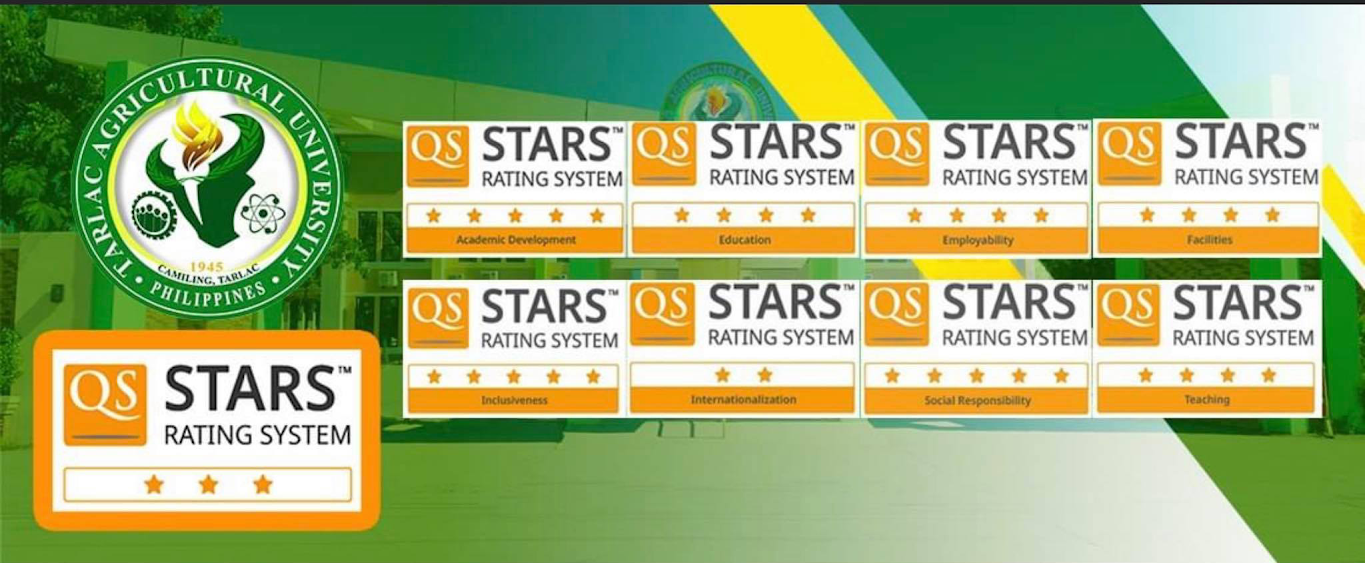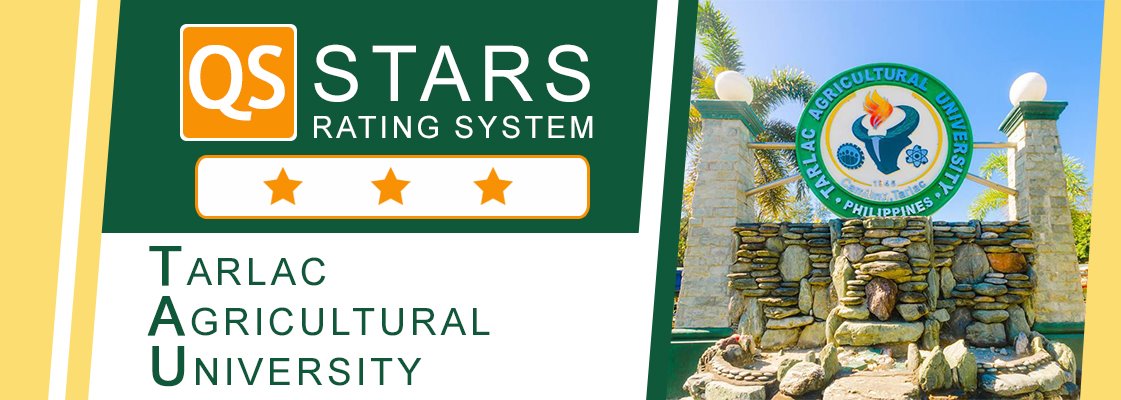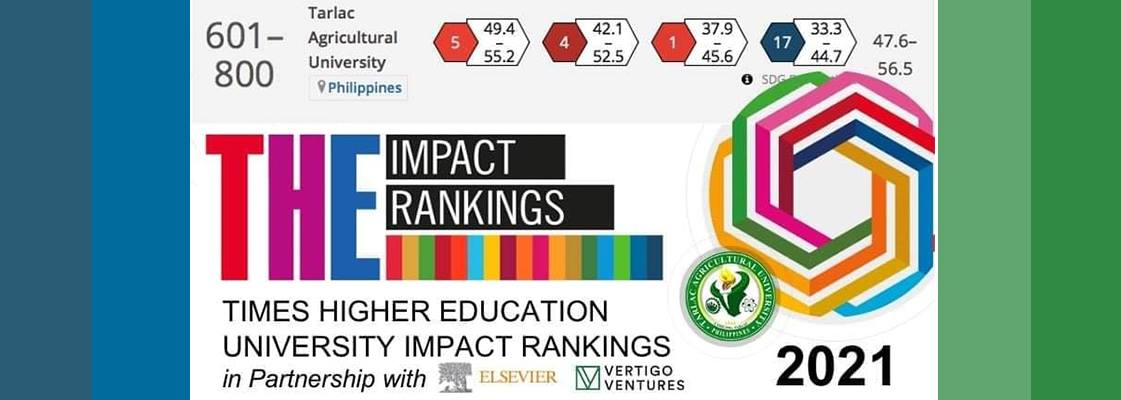Kamlong: Sustainable Off Season Tomato Production in North Central Luzon
Hunger and food security have long been an issue for many disadvantaged populations across the world, and the global health crisis has further added to the situation. According to the State of Food Security and Nutrition in the World, published by the Food and Agriculture Organization that came out in July 2021, between 720 and 811 million people worldwide suffered from hunger in 2020, up from 161 million in 2019. In 2020, almost 2.37 billion people lacked enough food, an increase of 320 million individuals in only one year. There has been no spared region on the planet. These figures are on top of the 690 million people who are currently hungry. In the Philippines, a similar influx of hungry individuals is occurring.
On the other hand, vegetable production has the potential to serve as an economic springboard for rural people, both in terms of nutrition and income supplementation, particularly in times of calamities. Tomatoes are one of the most significant cash crops for vegetable producers in the Philippines' North Central region. During the dry season, production in the area is concentrated resulting in market excesses while shortages during the rainy season. Also, typhoons make production hazardous, causing tomato prices to rise due to scarcity.
Hence, the need to address the seasonality of tomato is necessary to somehow address sustainable food production and achieve entrepreneurial growth.
Maximizing TAU’s Off-Season Tomato Technology
In an effort to address the dilemma, the Tarlac Agricultural University (TAU) in partnership with the ACEF Executive Committee (ACEF EXECOM) through the Department of Agriculture (DA) as funding agency came up with a project called “Off Season Tomato (Kamlong) Production Technology towards Enterprise Development” through the initiative of the proponents: Tessie A. Boncato, Rizalina M. Tablarin, Linda Mae A. Fernandez, Cindy O. Fernando and Jessie E. Dela Cruz to increase the productivity of grafted tomato seed growing business through the existing TAU off-season tomato production expertise.
How Kamlong works
The said project involves the technique of grafting tomato (scion) onto eggplant (rootstock) variety EG203, which tolerates floods and has shown significant resistance to bacterial wilt problems. Tomatoes grown under rain shelters assist to boost tomato output throughout the hot and wet season. With this, tomato farmers can grow quality crops with no worries even during the extreme wet season and flooding.
Uses of Tomato
Tomatoes are an important part of every Filipino meal. It's a versatile culinary component that's also inexpensive and high in vitamins A and C. Tomato demand in the Philippines has been steadily rising due to its several applications, including raw, baked, fried, stewed, and as a dip. Tomatoes are also vital in the production of paste, sauce, puree, ketchup, juice, and sweetened candies, dried fruits and wine. As a result, the year-round availability of this item will undoubtedly aid in the relief of hunger and the expansion of the farmer's business.
Collaboration for Possible Partnership
The Kamlong Project also seeks to collaborate with agencies such as the Agricultural Training Institute (ATI) of Region 1 and Region 3 to further the study into its maximum capability.(NMallari, R&D)
















